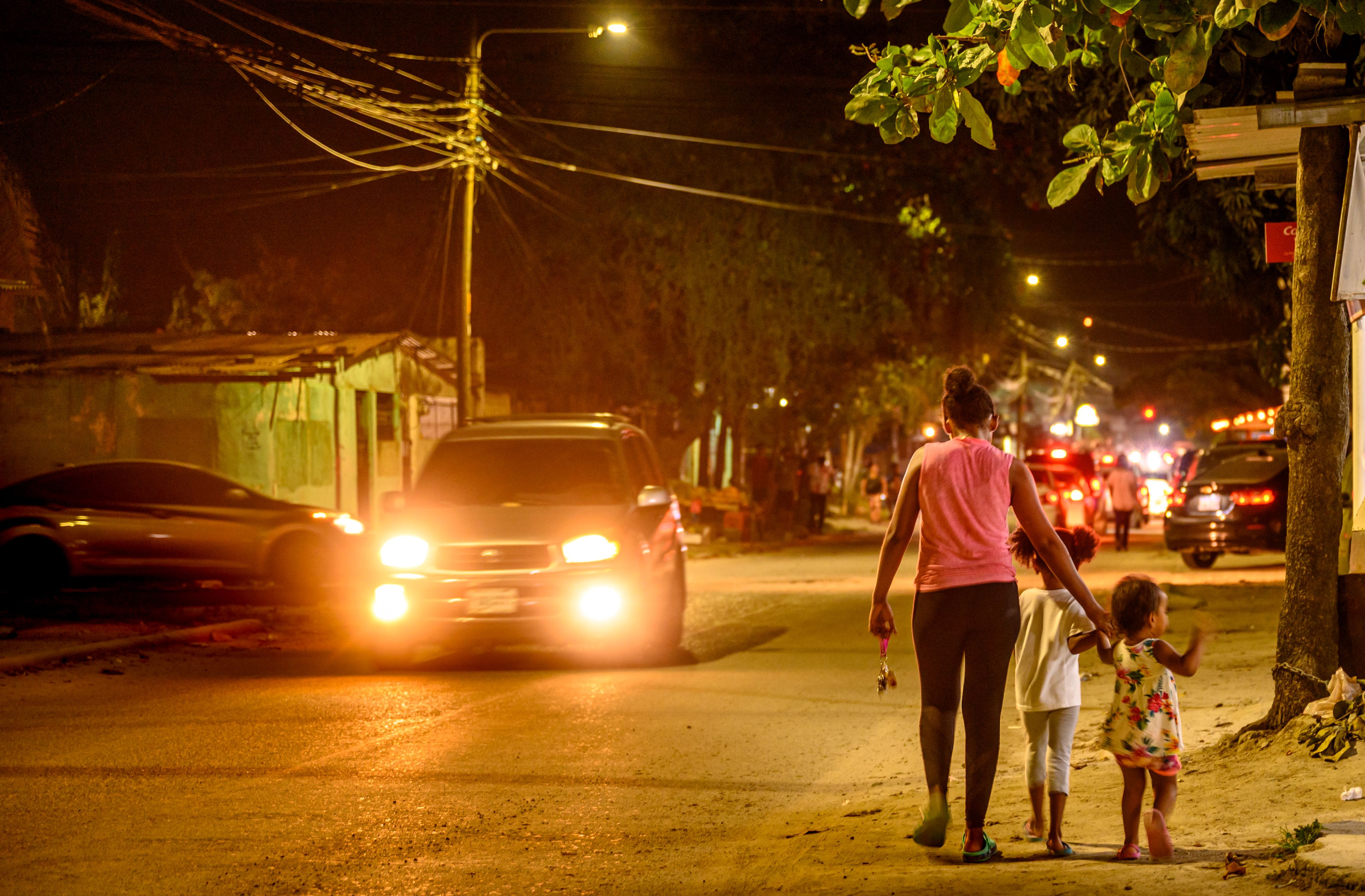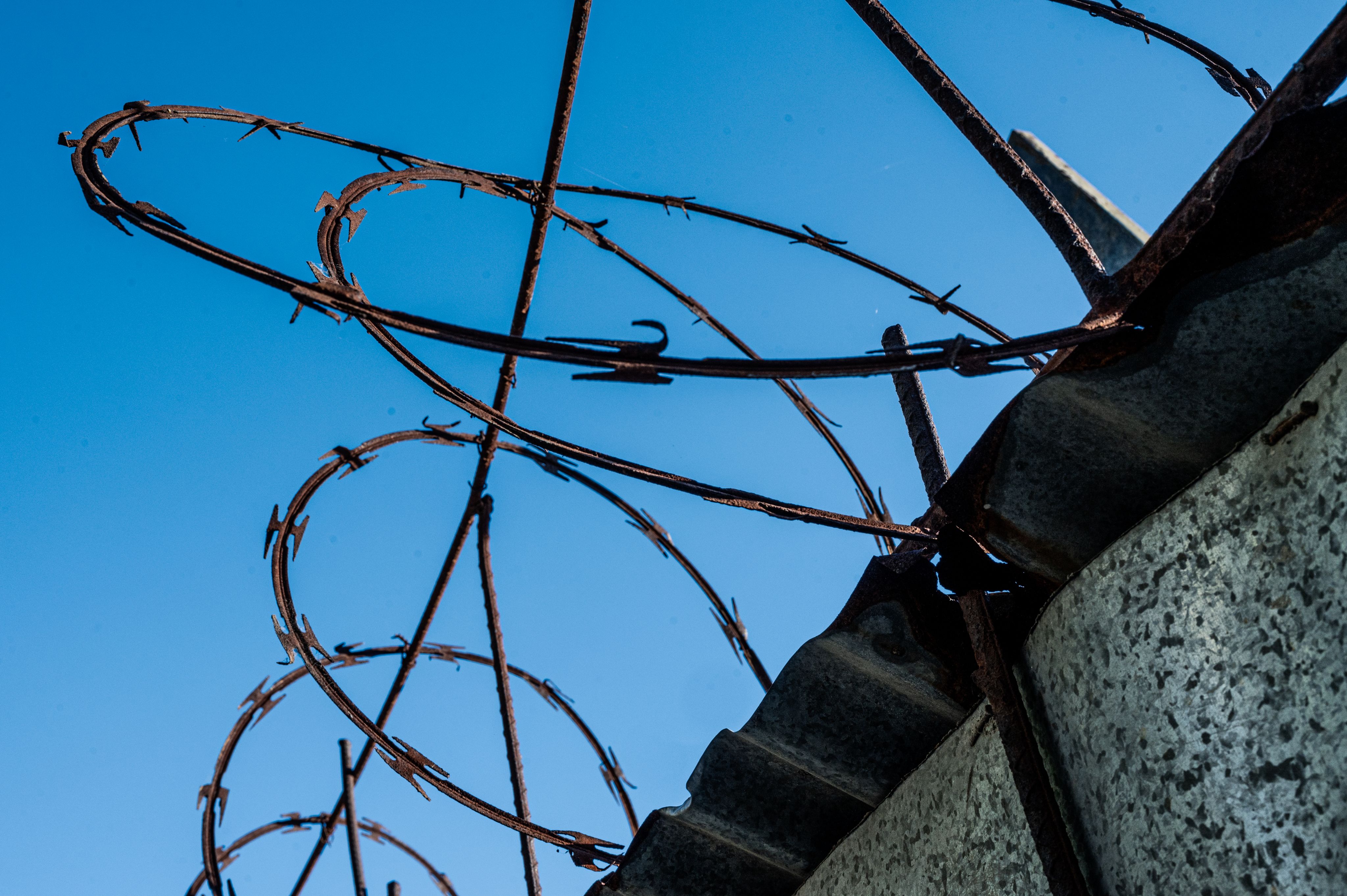
San Pedro Sula, Honduras
Honduras is one of Central America’s deadliest country with almost weekly massacres where three or more people are killed. The murders are usually related to gang disputes. In 2021, San Pedro Sula had the most massacres. Violent gangs control its neighbourhoods and traffic drugs.
Where are Juan and Omar?
In Honduras a child dies violently every single day.
Juan and Omar* live in Honduras, in San Pedro Sula, the country’s second largest city. It’s one of the world’s most violent places. People are killed here every day.
The conflict is so widespread, the casualties so high – it’s like a war zone.
Gangs control the city. They recruit children when they’re walking to school, crossing gang lines. They recruit children who’ve witnessed murders, too, to keep them in line.
It’s not really recruiting. It’s more like a death sentence.
If they don’t join, they’re dead. If they do join, they’ll die sooner or later.
*Names changed for protection
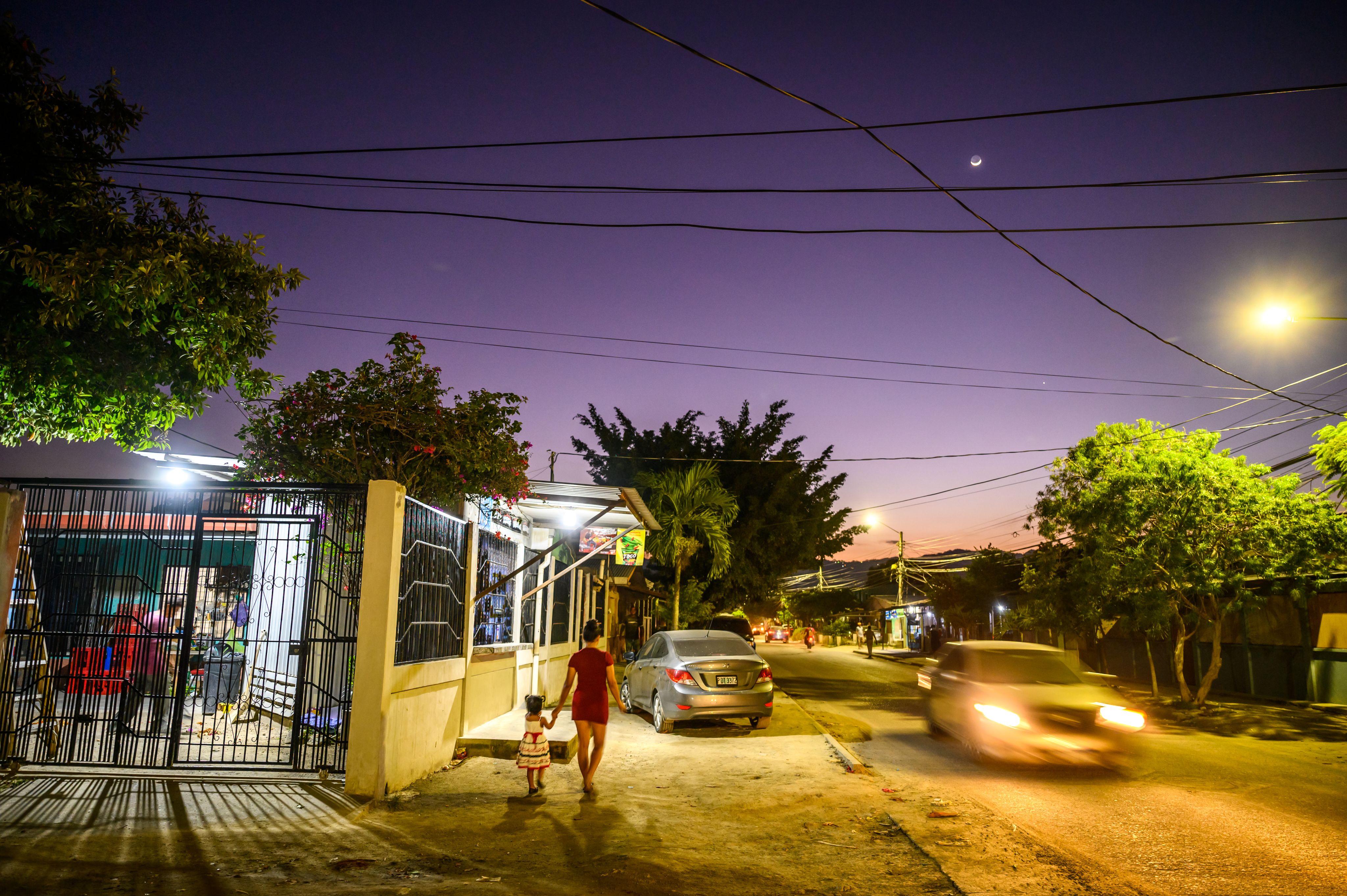



What’s keeping them here?
In 2021, more than 10,000 children either returned or were prevented from crossing the border out of Honduras. Nearly 40,000 more made it all the way to the United States – on their own, without adults.
“We thought about leaving this area, but if we leave and come back the gangs are going to kill us.” — Juan, age 8
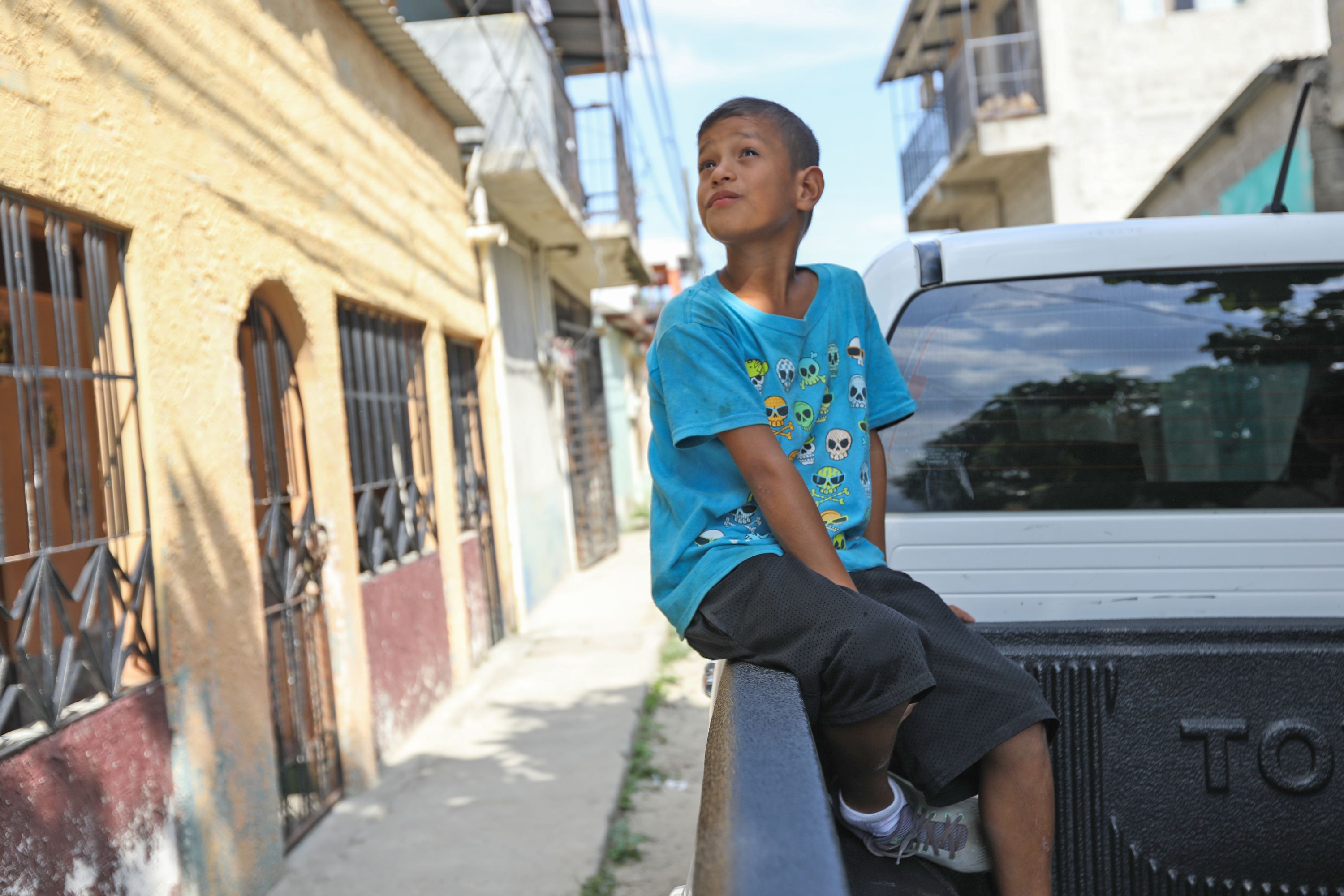
Juan thinks maybe if he keeps his head down and doesn’t get involved, the gangs will leave him alone.
They haven’t come for him yet.
Juan stopped going to school. It’s just too dangerous. His school is in rival gang territory. He could easily get killed or forced to join their ranks.
He works at a construction site now, making about US$2 a day to help his family get by.
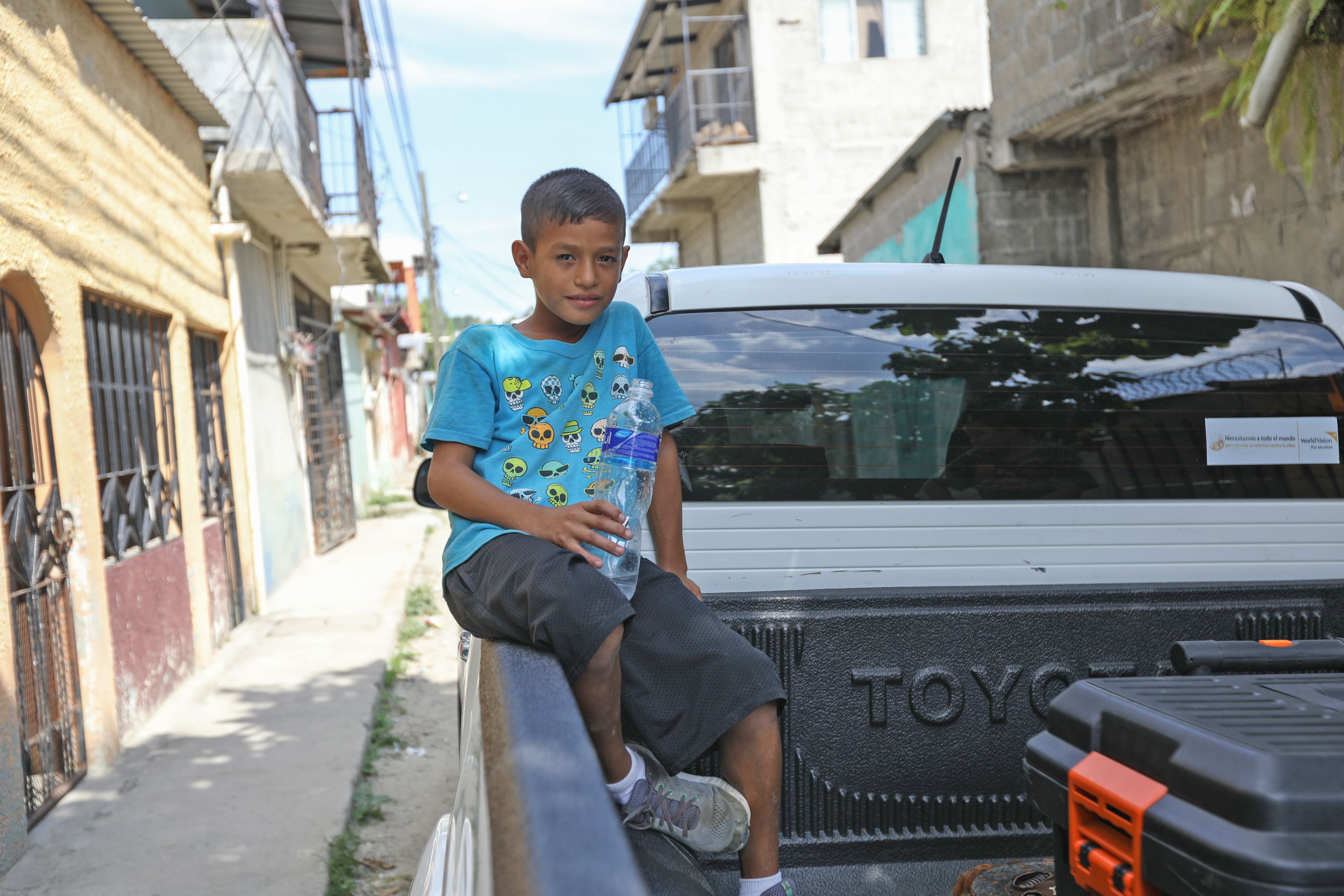
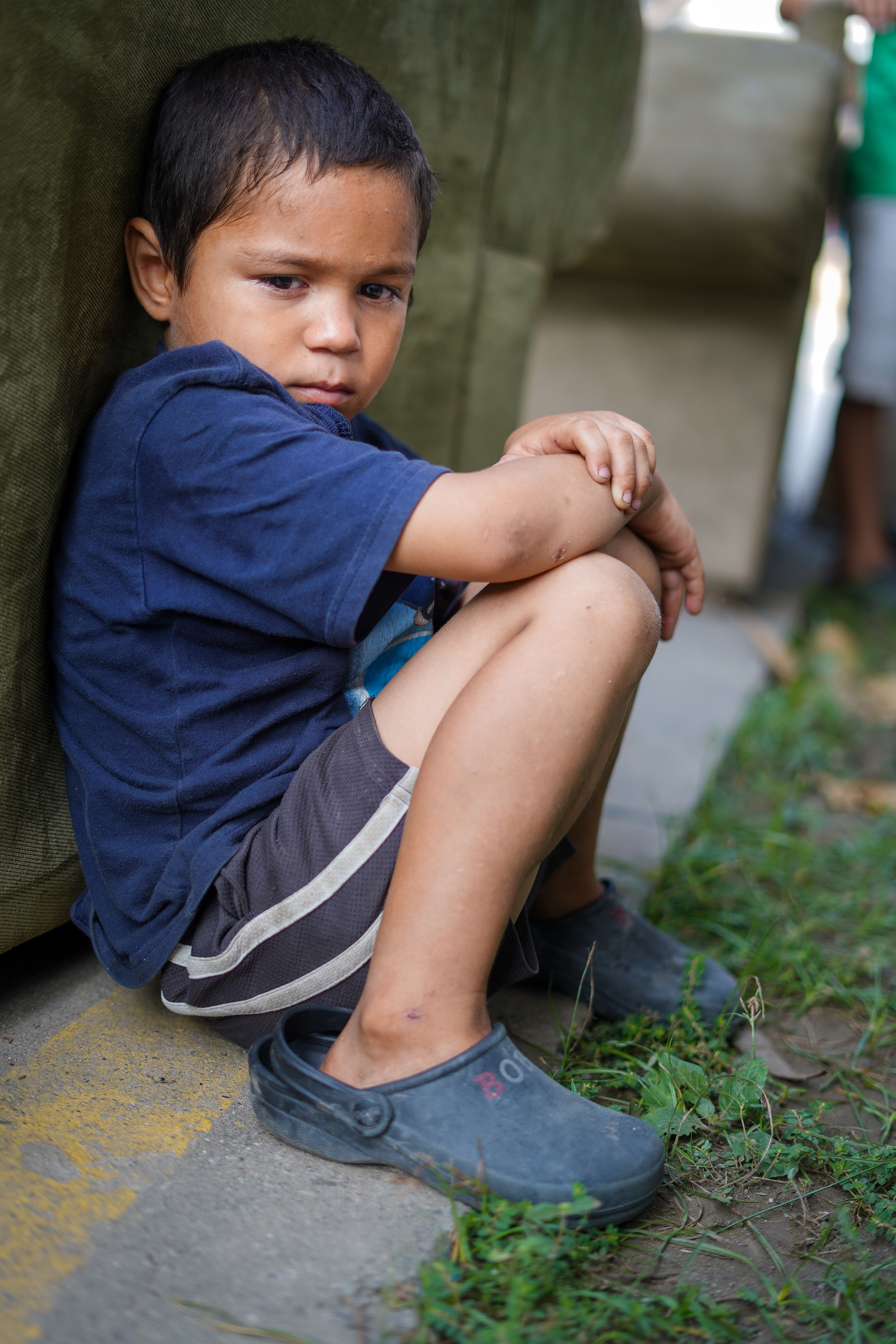
“I pray, God give me the strength to go home. I don’t know when I’m going to go.” — Omar, age 6
Gangs aren’t the only threat to children’s survival in San Pedro Sula.
Extreme weather events like drought and storms have been getting worse here, and more frequent – an alarming sign of the climate crisis.
Omar is sheltering at a school with his family after Hurricane Eta wiped out his neighbourhood.
His home is gone. There’s nothing to return to. There’s no place to go, either.
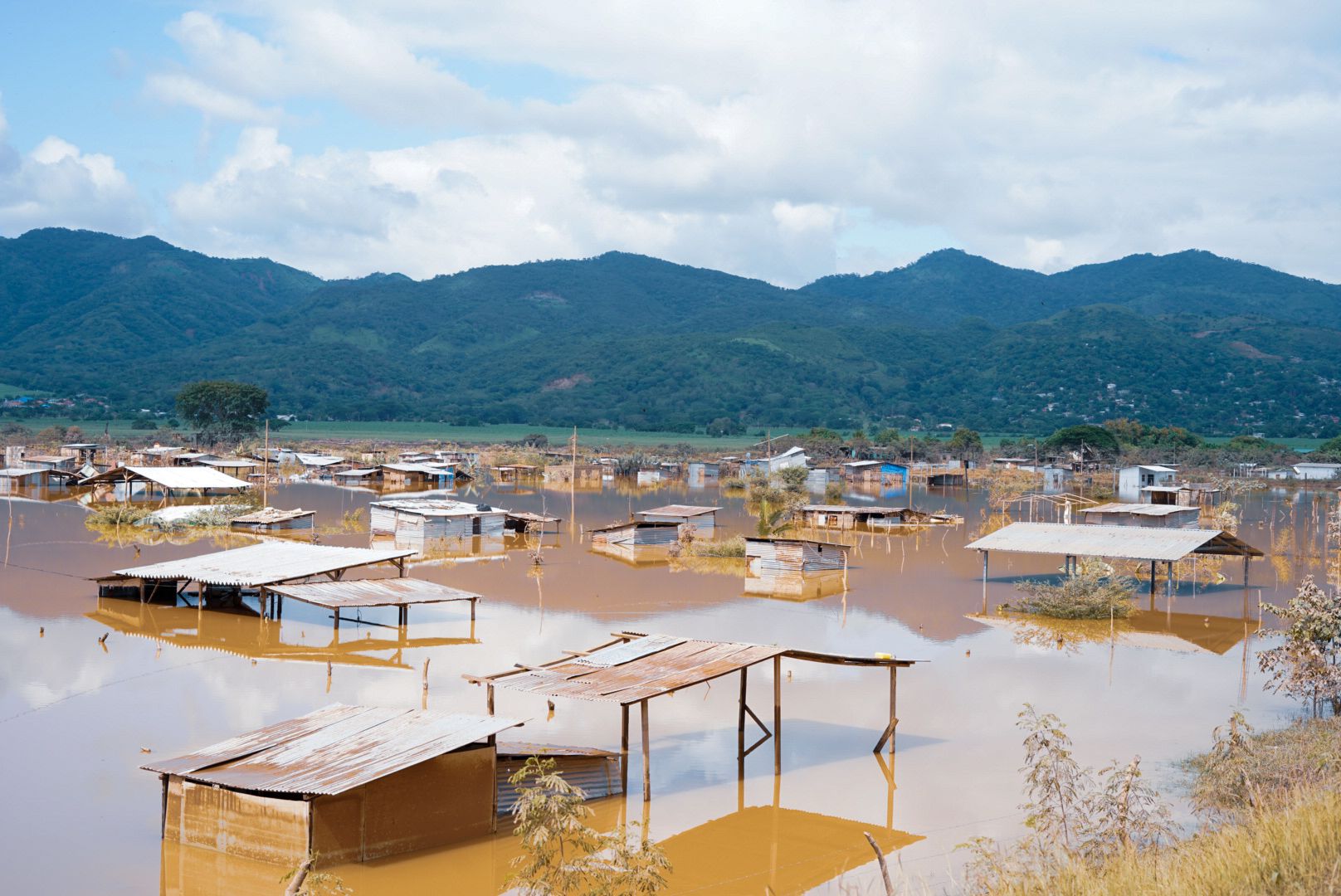
What is their greatest fear?
LOSING THEIR LOVED ONES
“The gangs control everything,” says Juan.
“My brother got involved with a gang and he’s in jail now for drug trafficking. I live with my aunt. My father moved to the U.S. My cousins and my other aunt moved to the borders. They had to leave because the gangs threatened to kill them.”
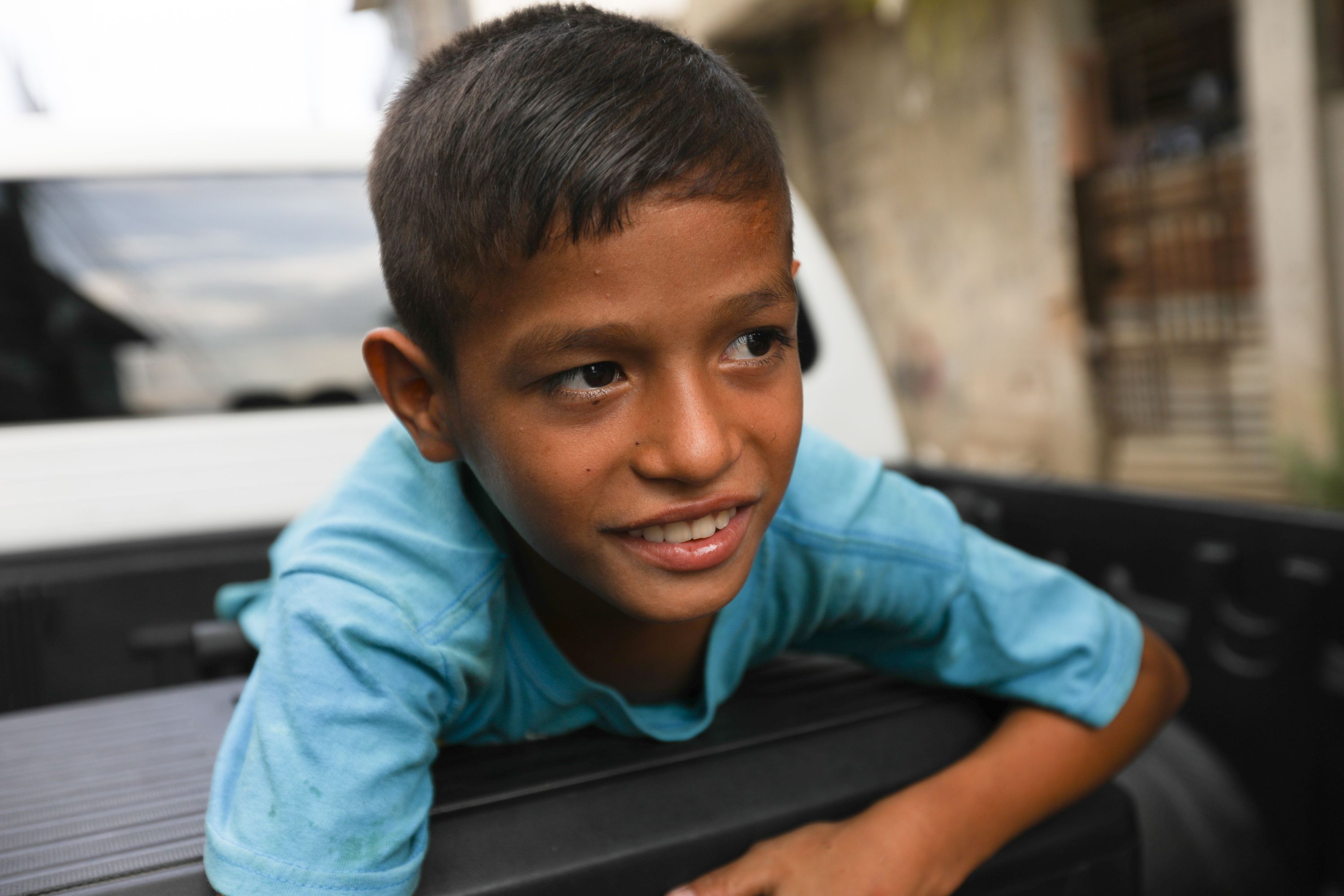
Juan is surrounded by violence. The gangs haven’t got him yet, but they’re getting closer. Slowly, the people he loves are disappearing from his life.
His aunt and cousins – moved on.
His brother – locked up.
His dad – gone. He fled the country when gang members threatened to kill him.
Juan was left behind.
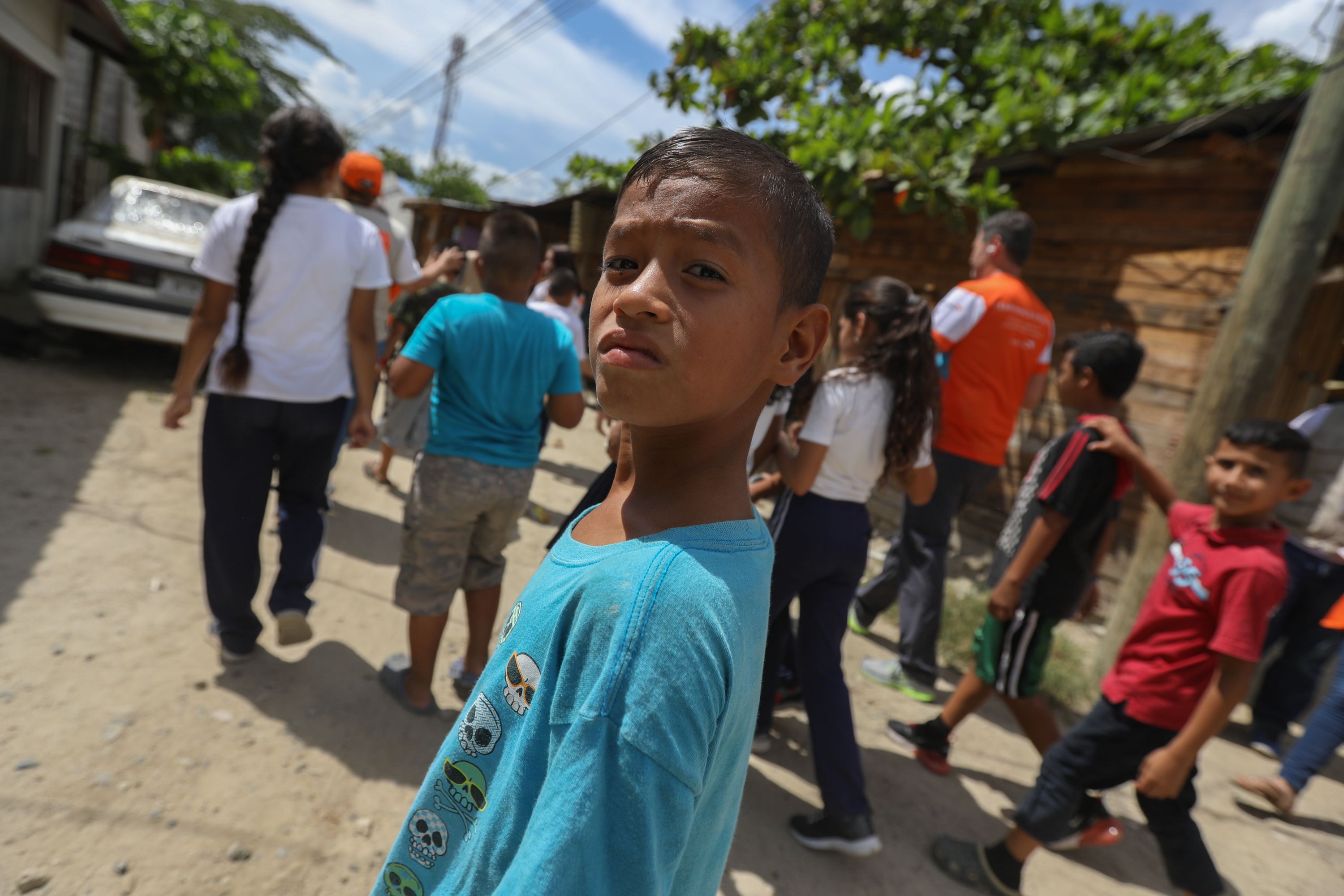
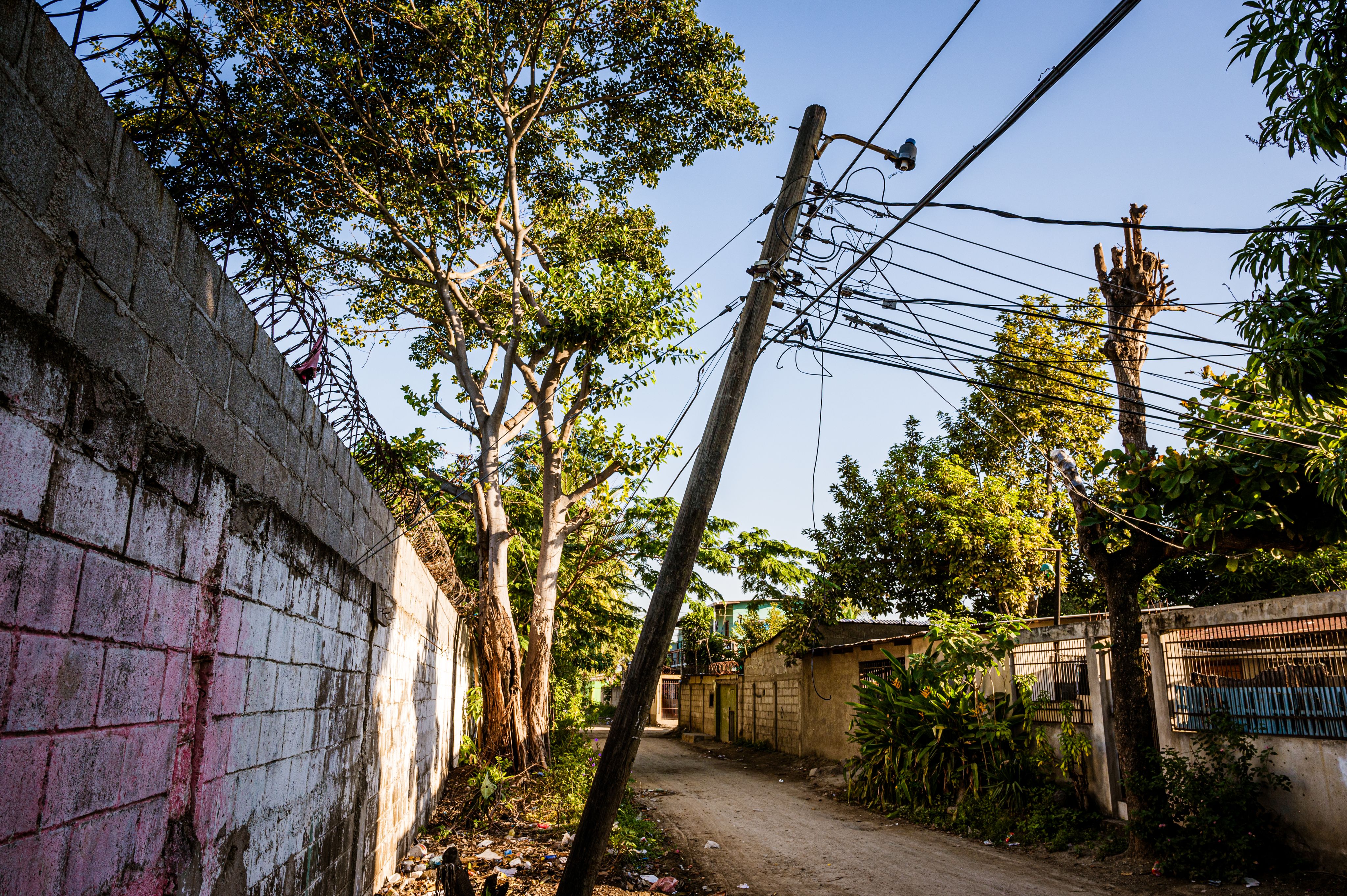


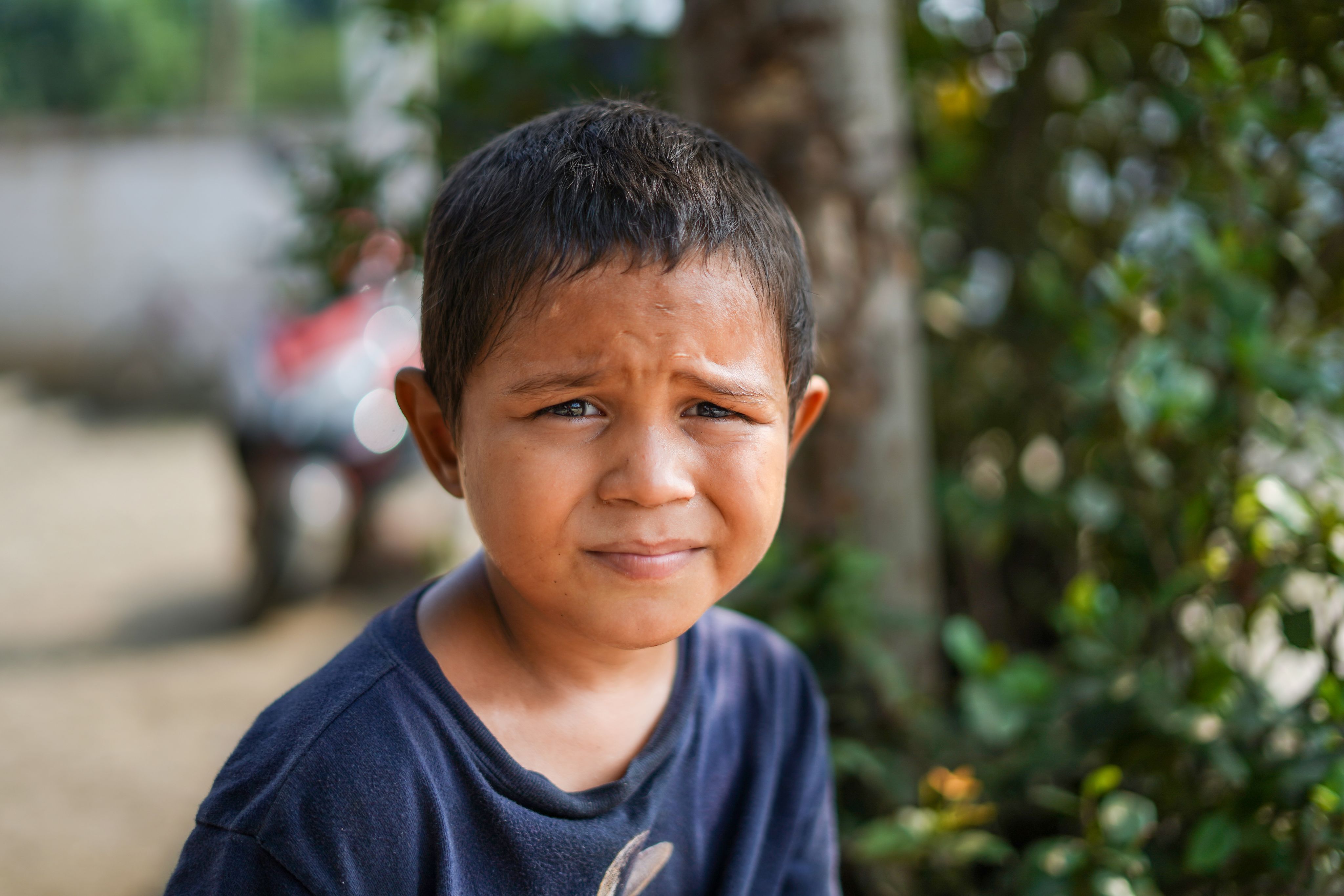
"Everything was ruined," says Omar.
“The things in my house, everything was ruined. The water reached high up to the electric wires and fire came out. The water reached the ceiling. That’s why we came to this school,” Omar says. “In the street, the water current carried us. My mum was holding me, she carried me.”
Omar lost everything he knew to the hurricane. His home. His bike. His puppies.
Then, on a bright sunny day outside the shelter, he lost his dad, too.
Gang members shot him dead on the street.
Omar saw it happen.
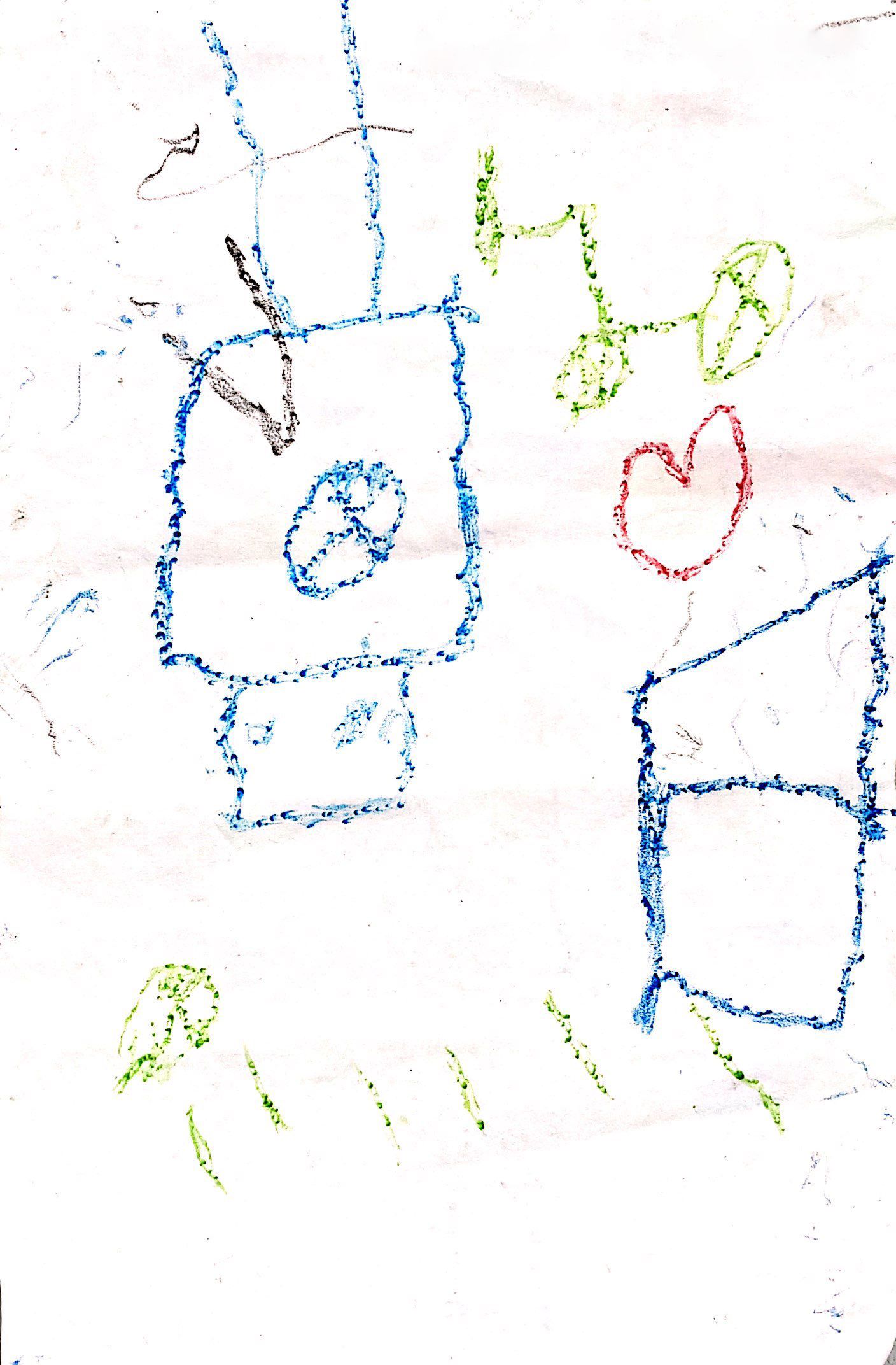
Omar’s drawing of the things he misses. His bike, puppies, ball, the grass where he used to play, and his heart-shaped pillow.
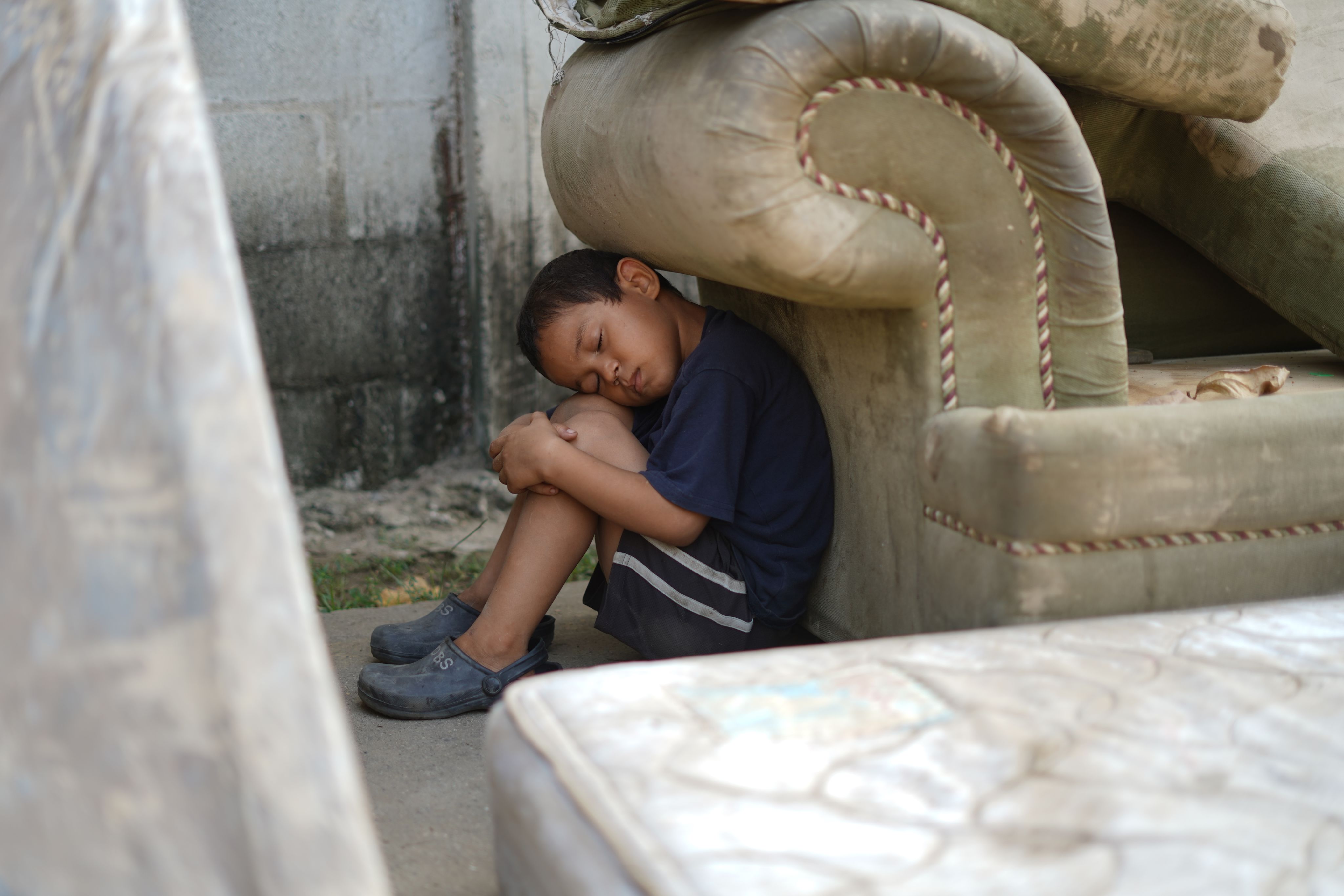
Where will they go from here?
“I would like to be a fireman or maybe work in construction. I want to go to Spain to work. I would send money to my family so that they can come too. But I’m afraid of what will happen if we leave,” says Juan.
Tens of thousands of children flee Honduras every year. But what happens to the ones who stay, like Juan and Omar?
Their chances of making a better life for themselves are nearly nonexistent. Boys from San Pedro Sula don’t get lucky breaks.
The best they can hope for is survival.
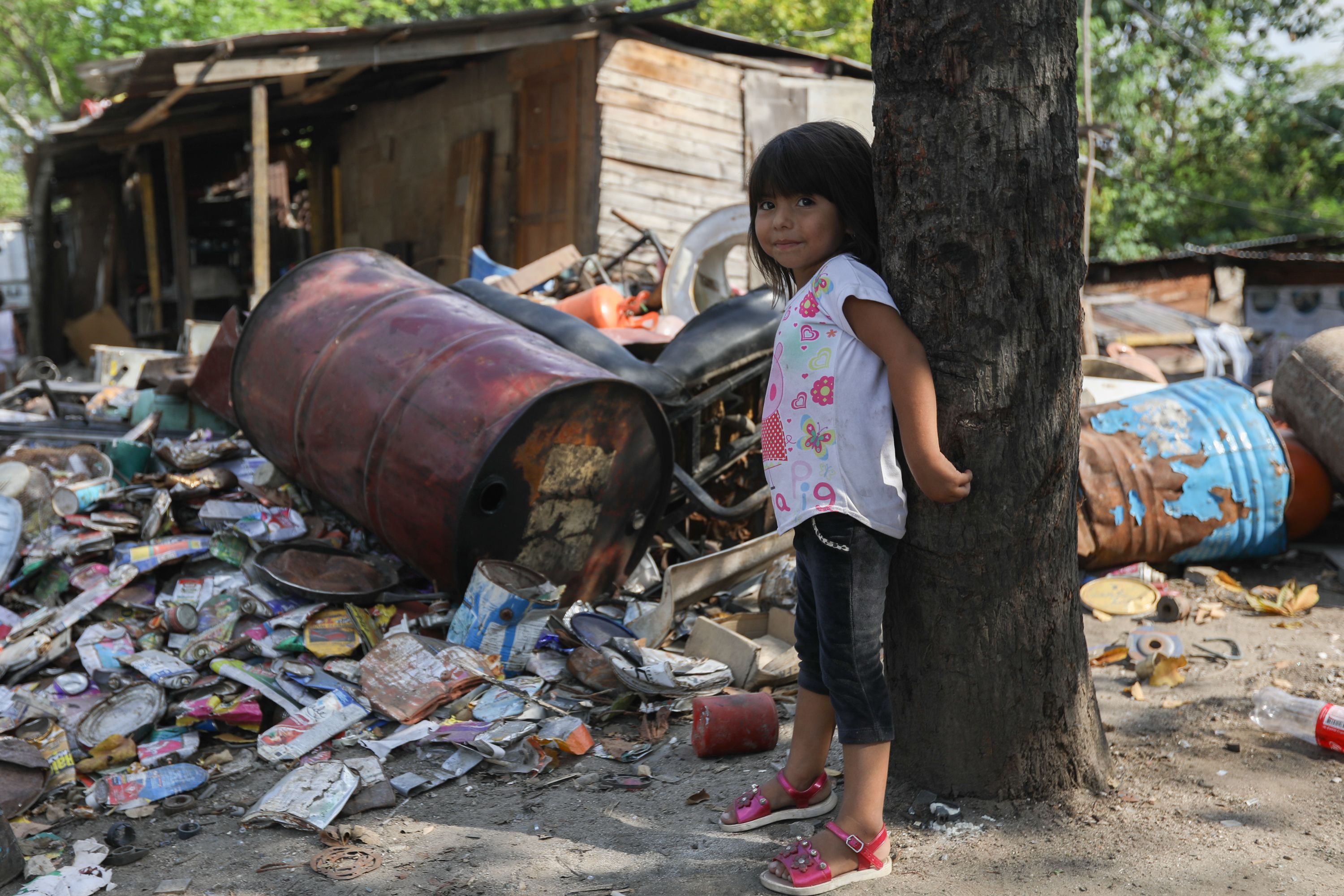
Poverty
7 out of 10 Honduran children live in poverty.
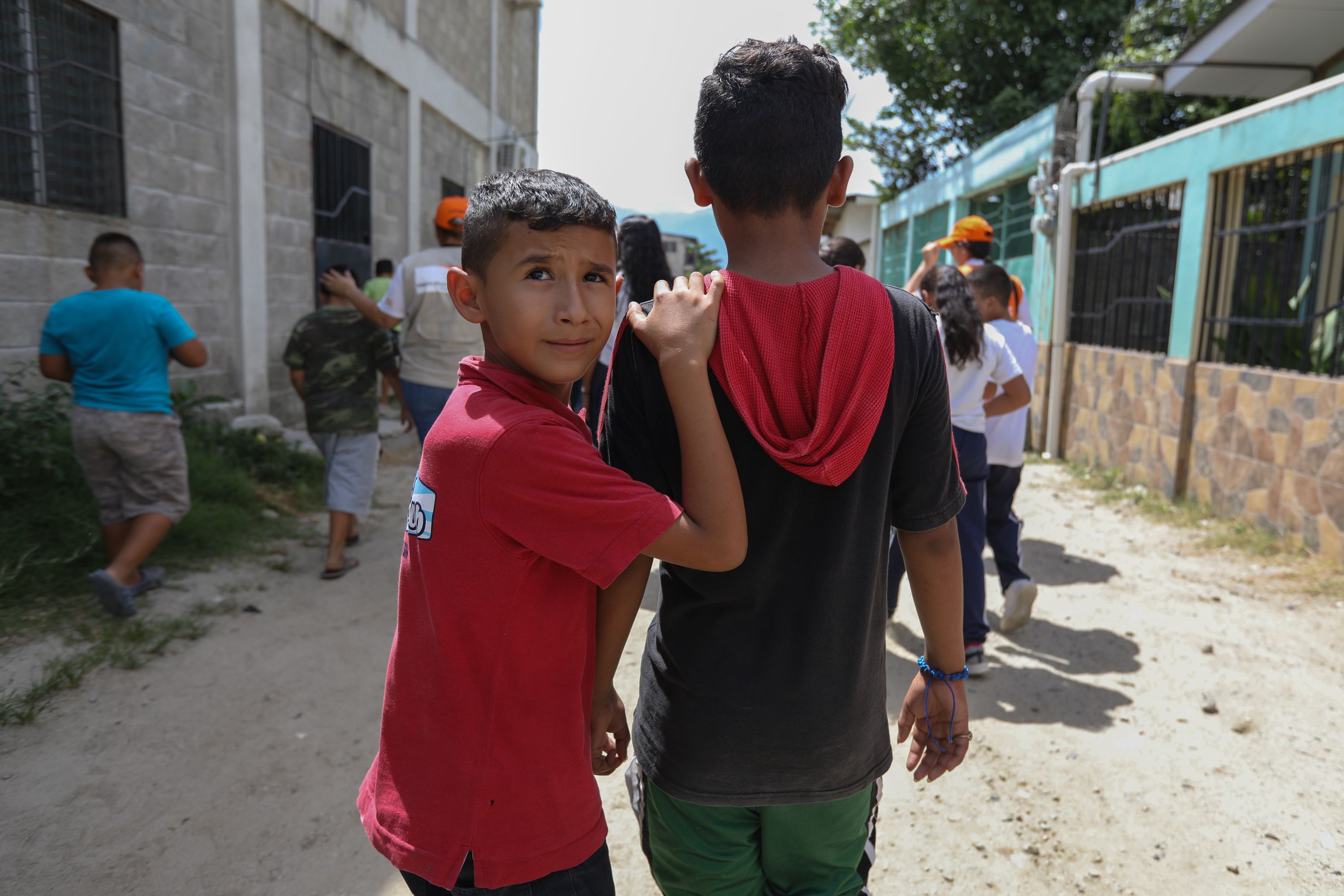
Violence
Children suffer violence and exploitation in their homes, schools, and communities.
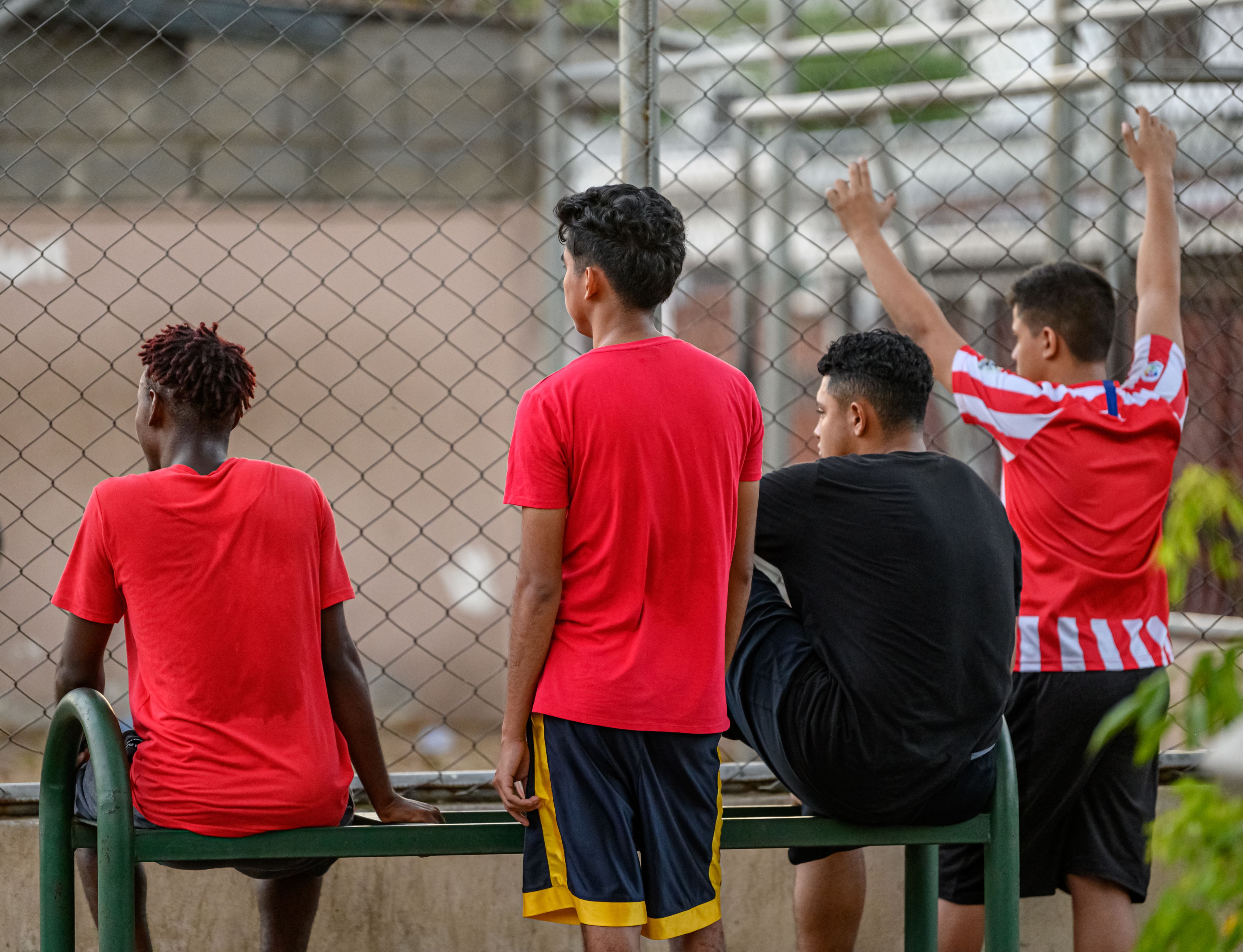
Lack of education
Only 33% of youth graduate high school.
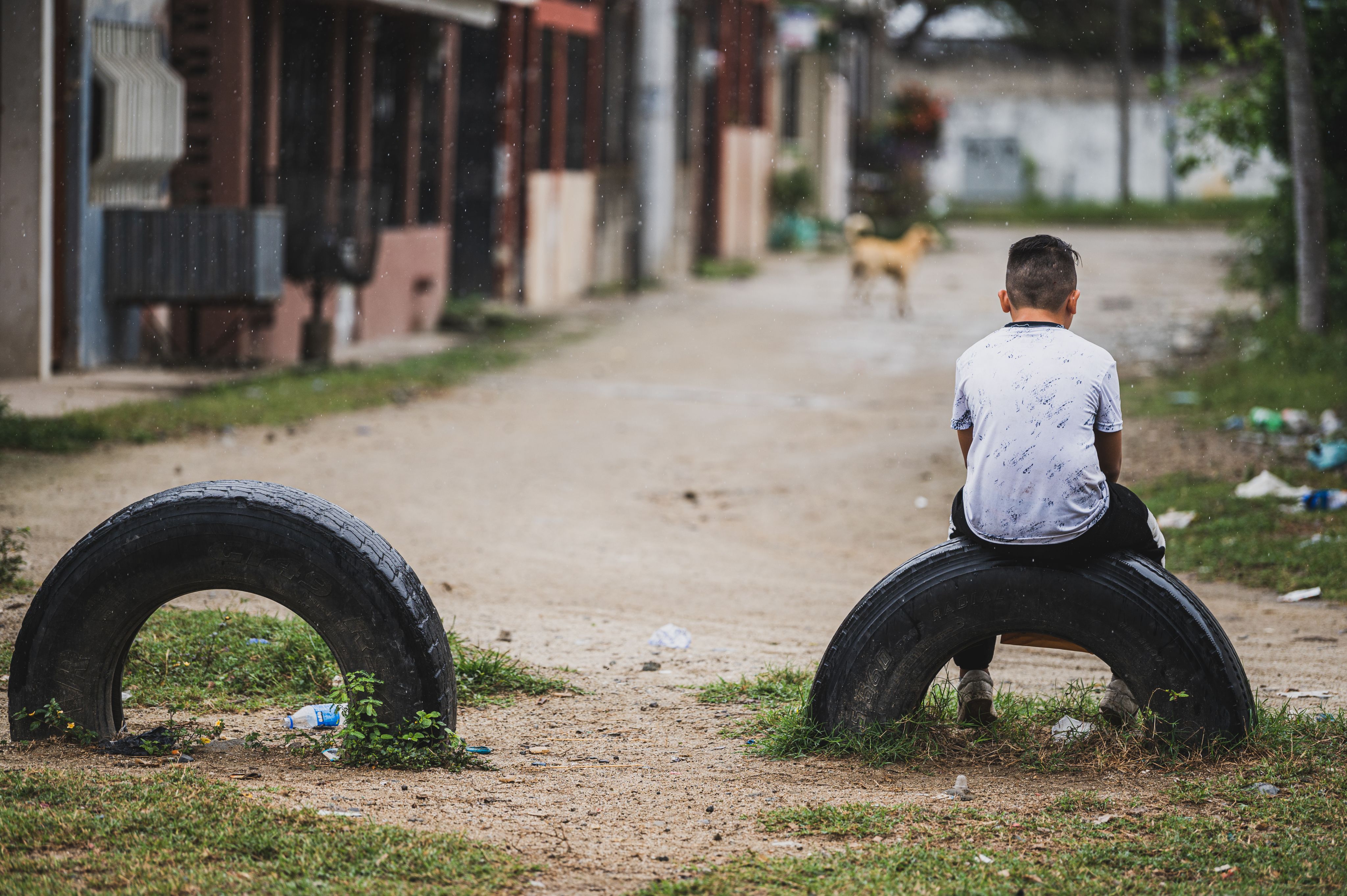
Displacement
48% of children have fled violence and organised crime and 43% don’t live with their parents.
Children like Juan and Omar are being pushed deeper into poverty and further out of sight, by the compounding effects of conflict, climate change, urban fragility, social exclusion, and inequality.
Children like Juan and Omar are being pushed deeper into poverty and further out of sight, by the compounding effects of conflict, climate change, urban fragility, social exclusion, and inequality.
